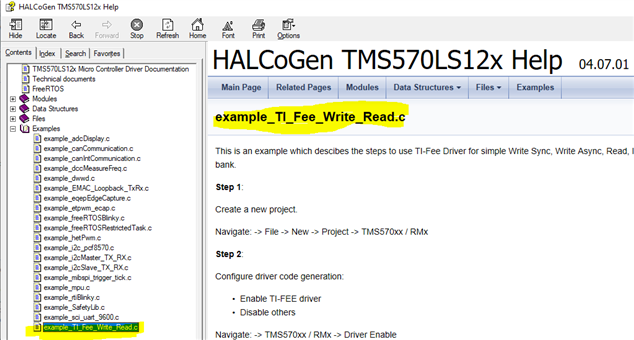Other Parts Discussed in Thread: HALCOGEN
Hi team,
1) What is the difference between using the fee module to erase bank7 space and directly using f021 API to erase bank7 space? Or what is the benefit of using fee drive?
2) What is the relationship between block, sector, virtual sector in the fee module? Can it be understood that a virtual sector may consist of one or more sector, with multiple blocks placed in consecutive order in the same virtual sector?
3) The customer want to use bank7 to store data and want to modify data in bytes, how to implement it?
Could you help check this case? Thanks.
Best Regards,
Cherry


